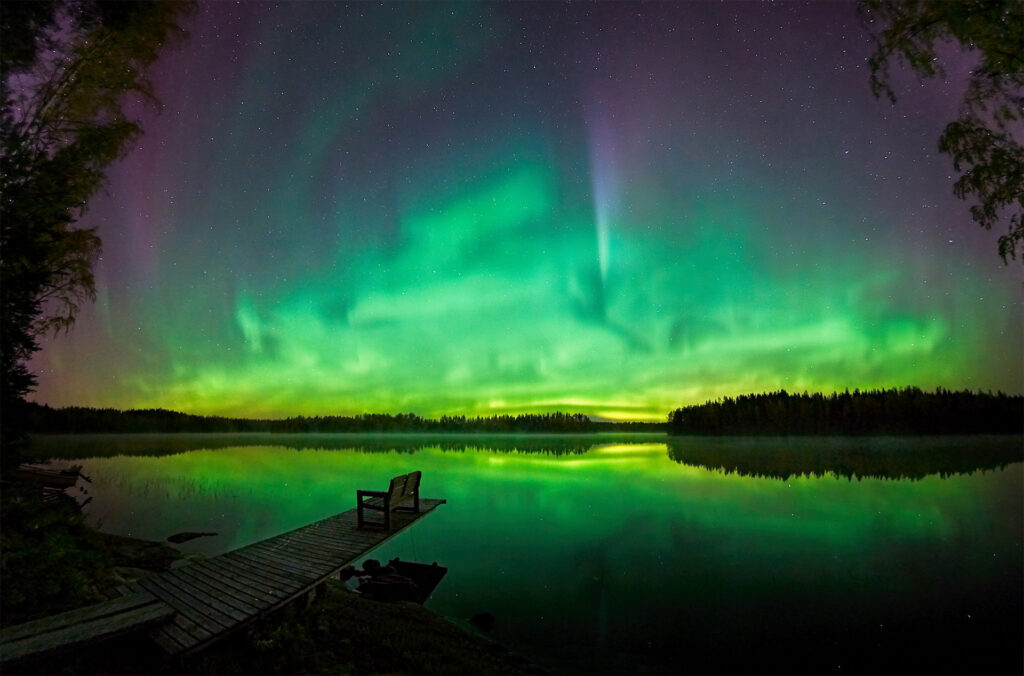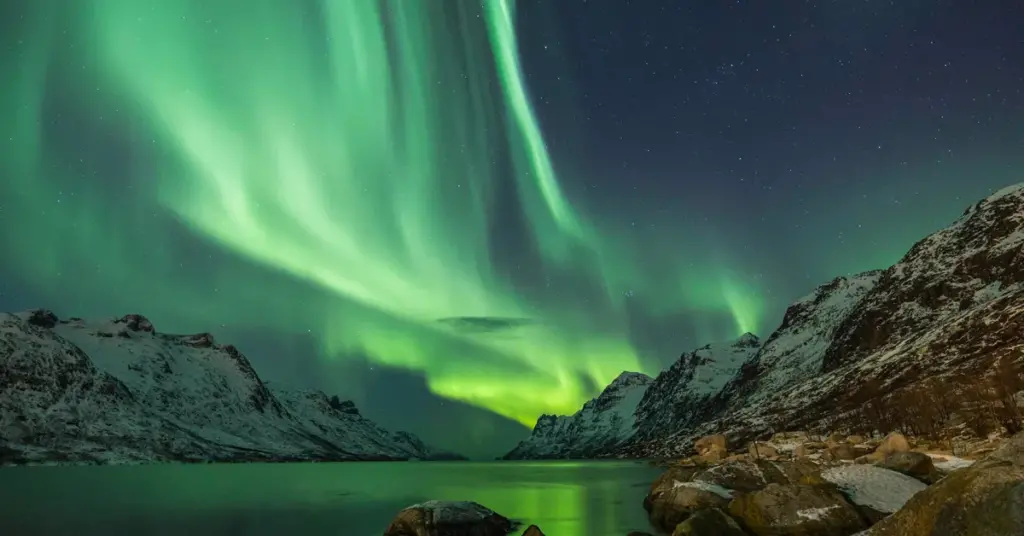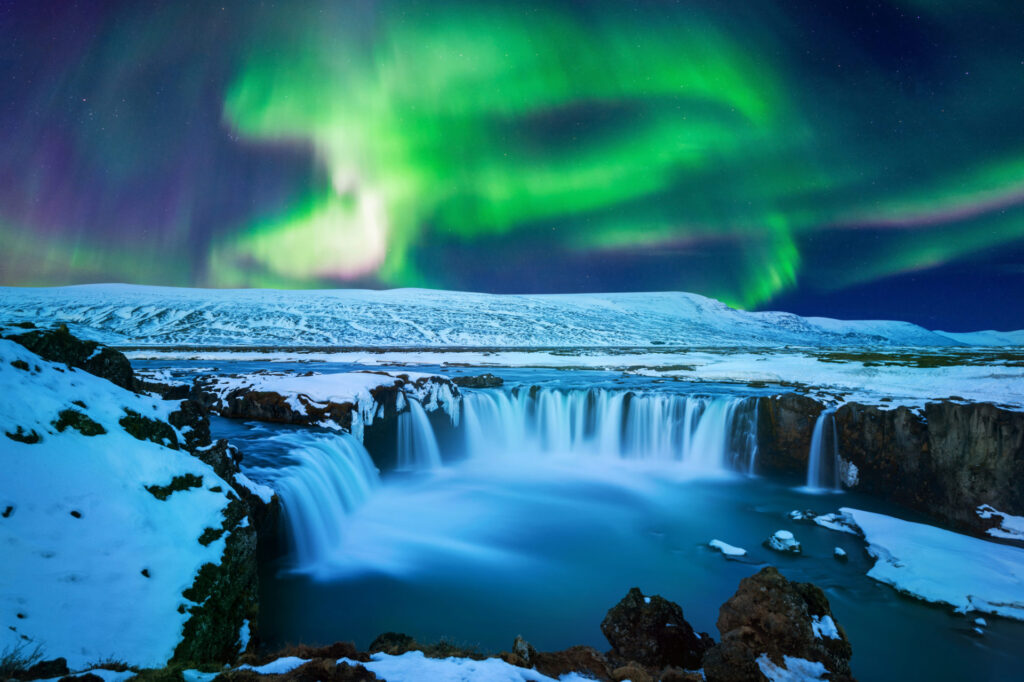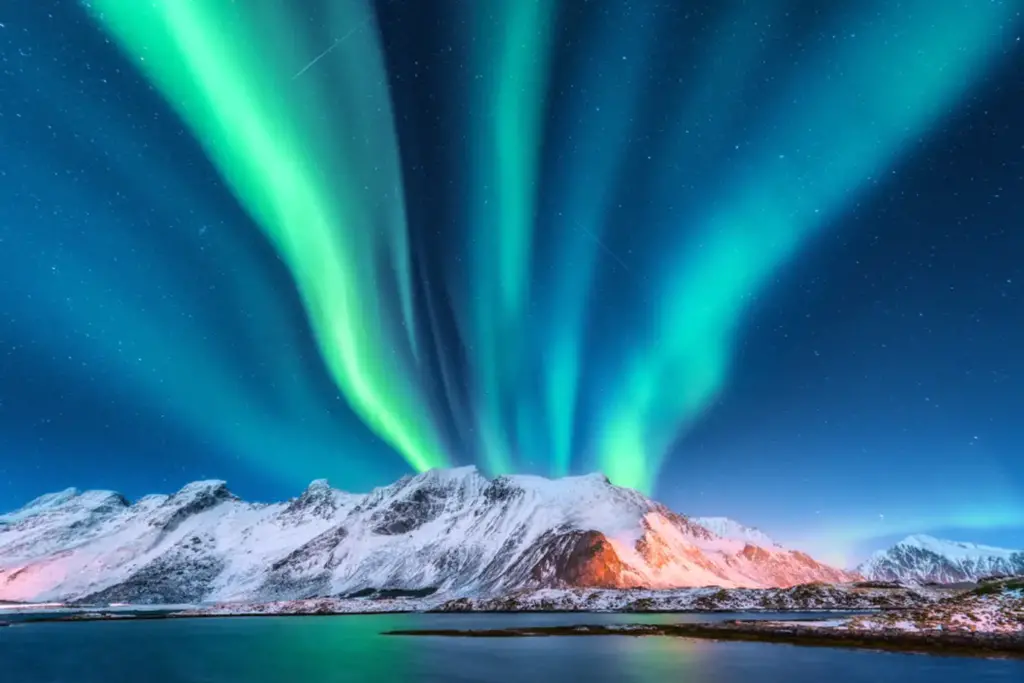Introduction
Iceland, with its surreal landscapes and dramatic skies, is a prime destination for experiencing the ethereal dance of the Northern Lights, or Aurora Borealis. In this comprehensive guide, we’ll delve into the wonders of witnessing the Northern Lights in Iceland and explore the best tips for an unforgettable aurora adventure.
Northern Lights in Iceland: A Symphony of Colors
When to See the Northern Lights in Iceland
The optimal time to witness the Northern Lights in Iceland is from late September to mid-April. These months offer extended darkness, a crucial factor for observing the celestial display. While the lights may appear throughout this period, the winter months, especially from December to February, provide the best chances due to the longer nights.

Best Locations for Northern Lights Viewing in Iceland
Thingvellir National Park
A UNESCO World Heritage Site, Thingvellir National Park offers a unique setting for Northern Lights viewing. The park’s vast open spaces provide unobstructed views of the night sky.

Vatnajökull National Park
Home to Europe’s largest glacier, Vatnajökull National Park boasts minimal light pollution. The glacier’s expanse enhances the intensity of the Northern Lights.

Reykjavik and Surrounding Areas
Even in the capital city, Reykjavik, the Northern Lights can be visible, especially during periods of high geomagnetic activity. Venturing just outside the city reduces light pollution, providing clearer views.

Tips for Maximizing Your Northern Lights Experience in Iceland
- Check the Aurora Forecast
Utilize online tools and apps to monitor the aurora forecast. The Icelandic Meteorological Office provides real-time information on geomagnetic activity.
- Seek Dark Skies
Venture away from city lights for optimal viewing. National parks and remote areas offer the darkest skies, enhancing the brilliance of the Northern Lights.
- Dress Warmly
Icelandic nights can be chilly, especially during the aurora season. Dress in layers, including a thermal base, to stay warm and comfortable during your aurora hunt.
- Stay in Rural Accommodations
Consider staying in rural accommodations, such as guesthouses or cottages. Many offer wake-up services for Northern Lights sightings, ensuring you don’t miss the show.
- Be Patient
The Northern Lights are a natural phenomenon, and patience is key. Be prepared to wait, as the lights might appear suddenly and unpredictably.

Conclusion
Experiencing the Northern Lights in Iceland is a truly magical encounter. From the rugged landscapes of Thingvellir and Vatnajökull to the urban charm of Reykjavik, Iceland provides diverse settings for witnessing the celestial symphony. Armed with the right tips and knowledge, embark on a journey to capture the dance of colors in the Icelandic night sky.
Frequently Asked Questions
Q: When is the best time to see the Northern Lights in Iceland?
A: The best time is from late September to mid-April, with peak activity during the winter months of December to February.
Q: Can you see the Northern Lights in Reykjavik?
A: Yes, during periods of high geomagnetic activity, the Northern Lights can be visible in Reykjavik. However, venturing outside the city provides clearer views.
Q: Are the Northern Lights visible year-round in Iceland?
A: While technically possible, the extended darkness of the aurora season from late September to mid-April provides optimal conditions for sightings.
Q: Do you need a tour to see the Northern Lights in Iceland?
A: While not mandatory, guided tours provide expertise and increase your chances of finding the best viewing spots. Independent travelers can use the aurora forecast and venture to recommended locations.
Q: What should I wear for Northern Lights viewing in Iceland?
A: Dress warmly in layers, including a thermal base, to withstand the chilly Icelandic nights during your Northern Lights adventure.





